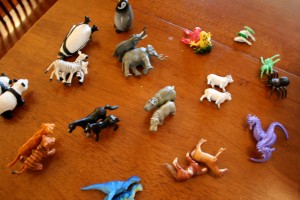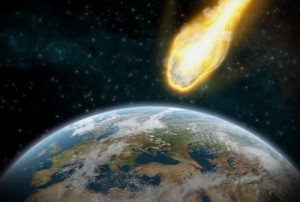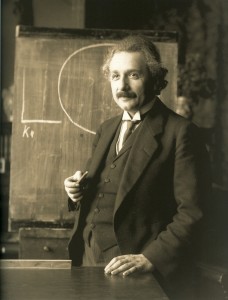
Question: If you’re going to freeze yourself for an eventual shot at eternal life, are you gonna go with just the head, or the deluxe package that puts your entire mortal coil on ice?
Real people are facing this choice today, as David Casarett reveals in this interview on the developing science of death and revival with the World Science Festival. Cryonics, the, uh, pretty speculative science and technology of cooling people off to preserve them for future medical miracles, has conferences, apparently. And, at one of these conferences, Casarett learned that freezings come in the two varieties: full-body or head-only.
The difference between those choices? $130,000. That is, it’ll cost you $200,000 to freeze all your parts and a (relatively) skint $70,000 to simply ice your dome.
I wonder: who’s choosing the bargain deal here? It’s a long shot that it will work, either way. You’re betting your $70K to $200K on a couple of out-there hypotheticals: A) that future science will be able to revive frozen people and B) in many cases, that future science will be able to heal a deadly disease or disorder that it now can’t. (Many people paying for cyronics do so because current medicine cannot save their lives.)

But cryonics also has a place in the ‘singularity‘ crowd, folks who believe that immortality will become a technological possibility at some point in the future. If you die now, of whatever causes, you’ll miss your shot. So, freeze immediately after death. Save for later. Thaw at room temperature.
Going for the brain-freeze-only strikes me as pretty odd. As of last year, 270 people have had themselves chilled. Two-thirds of the cold folks at cryogenics company Alcor are head (or brain) only, as are half of the American Cryonics Society’s patients (though the group no longer offers the neck-up option).
So there are people — people who think there’s a chance future science can revive them and make them immortal — who said, “Yeah, I’m all for that. But just the head for me.” A good number of the people choosing post-life (and, hopefully, pre-immortality) deep-freeze elect to skim a few bucks off the bill by trashing their appendages, torso and genitals. (People! Do you remember what genitals are used for! It’s awesome!)
I don’t know, I think when you’re aiming at immortality, go for the Venti. You know, get the full-featured package. It’s like when you buy a home or get your first adult apartment — ditch the Ikea stuff that only saves you money in the short-term, and spring for a real wooden cabinet.
I could keep going with the purchasing metaphors. But you get the point. I’m clearly fixating on the cost differential, but I think it’s fascinating. There is a not insignificant difference in money. You could very understandably decide that $70K is your upper-limit on many purchases. And if someone were to offer you an upgrade for nearly three times that amount, it would make a ton of sense to turn it down.
But we’re not talking a normal purchase here. It’s, quite literally and emphatically, not something with a limited lifespan. If you believe that the singularity, technology-based immortality, and all that are a possibility, then we’re talking about purchasing eternity. People had to make economic decisions about eternity. And some chose the discount. That is amazing.
That Wikipedia entry on neuropreservation lists some reasons people have chosen to dump their non-head portions. For one, some say that focusing on preserving the brain is better, because that’s where memory, personality, etc. are stored. Fair enough — you gotta prioritize. (Though, I’m not clear why freezing the whole thing makes the brain-icing of poorer quality.)
But cost is also a big consideration. I understand that $130,000 is nothing to scoff at. I doubt many, if any, of these purchases come from middle-class folks, much less from the poor. I assume they are mostly well-off. I just like to imagine them seeking out this crazy long-shot for immortality, deciding to do it, and then asking for the daily special.
“I will live forever! I will be immortal!” Adjusts glasses, checks out the bill. “Ummm…”

I wonder if there are any people who saved money by freezing only their brains, and then put the difference into a trust fund for their future selves. What if they wake up, it’s the year 3014, and science has discovered how to revive these ancient person-cicles. Then, the heads get put in jars, “Futurama”-style. That trust fund could be worth a lot by then. So heads’ll be rollin’. But, when they look over at their old golfing partner, who’s galavanting around on real-life legs and pitching future-nurses on the butt with his revived fingers — Mr. Head is going to need to buy a reeeaallly nice jar to make himself feel better.









